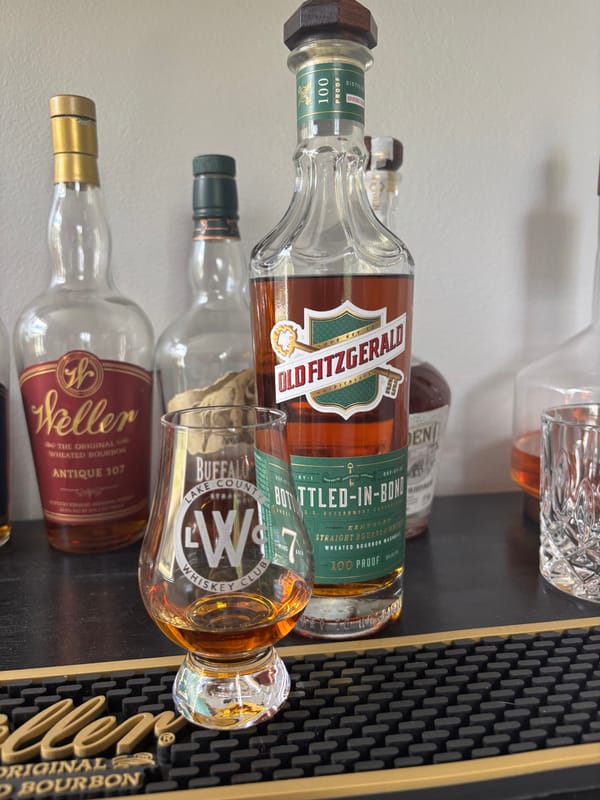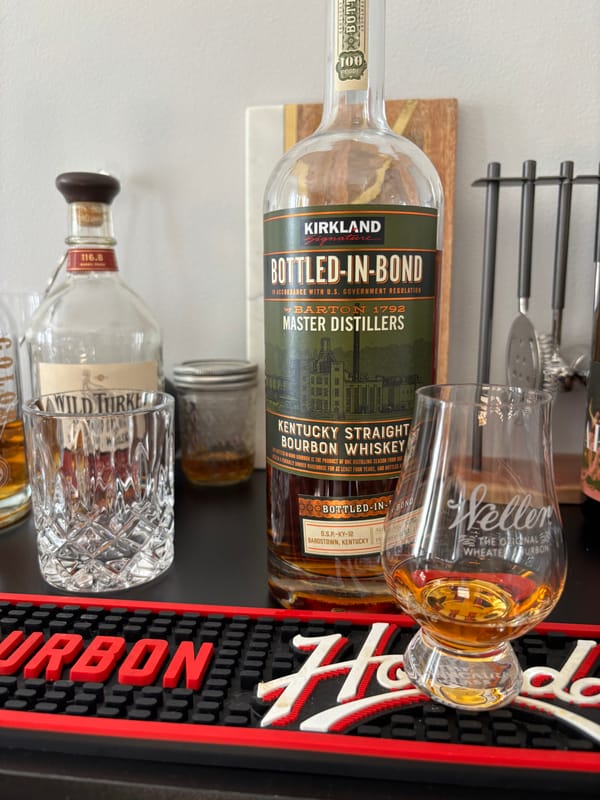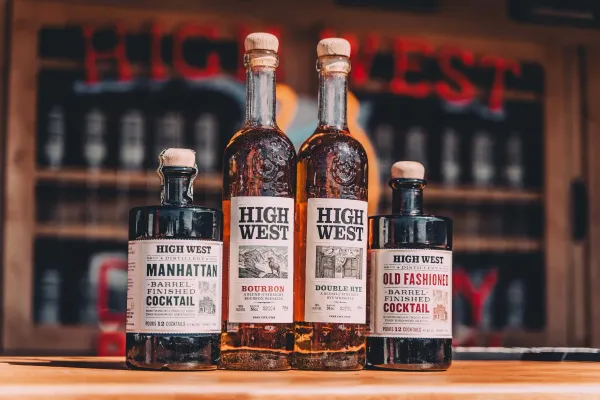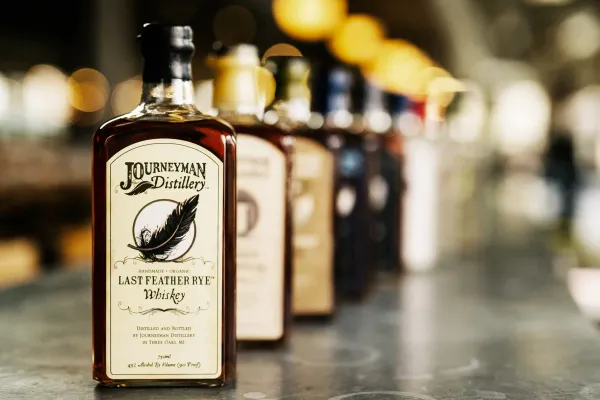Warehouse Positioning Truths: The Spot You’ll Wish You’d Spotted Sooner

Warehouse Positioning: The Whiskey Place You Can’t Skip
Whiskey ages in barrels, but here’s the kicker—where those barrels sit in the warehouse can make or break every sip you take. If you’re not clued into this hidden twist, you’re missing the map that explains why one bottle sings and another just hums. Here’s the absolute, no-nonsense truth about warehouse positioning, rooted in the raw process of whiskey-making, and why it’s a game-changer you need to know for 2025.
What’s Warehouse Positioning in Whiskey?
Under U.S. law, whiskey—whether bourbon, rye, or wheat—starts with a mash of at least 51% of its defining grain, gets distilled to a maximum of 160 proof (80% ABV), enters new charred oak barrels at no more than 125 proof (62.5% ABV), and bottles at a minimum of 80 proof (40% ABV) after aging. Those barrels—typically 53 gallons—land in warehouses, sprawling structures of wood, brick, or metal that stack them across multiple levels, from the cool, damp floor to the scorching rafters. The law doesn’t dictate where they go—top, middle, or bottom—but that placement alters everything, shaping how the spirit matures over its mandatory two years or more, often stretching to four, eight, or beyond. Every spot in the warehouse is a silent player in whiskey’s story.
How Positioning Affects Aging
Once barrels are filled with spirit at 125 proof or less, they settle into their warehouse homes for aging—two years minimum for "straight" whiskey, often four to eight or longer for deeper character. These warehouses aren’t climate-controlled museums; they’re raw, exposed to the elements, and that’s where positioning kicks in. On the top floors, summer heat climbs—temperatures can hit 100°F or more—causing the spirit to expand and seep deep into the charred oak, pulling out bold flavors like vanilla, spice, and caramel at a faster clip. Down on the bottom floors, it’s cooler and steadier—closer to 60-70°F—slowing the interaction with the wood, letting the aging creep along more gently. Middle racks find a balance, hovering between the extremes, while seasonal shifts—hot summers, cold winters—cycle the spirit in and out of the oak across every level. This isn’t guesswork; it’s physics—heat speeds extraction, cold dials it back, and every barrel’s spot dictates its pace.
What Positioning Means for Your Whiskey
The warehouse spot leaves its mark on every pour. Barrels from the top racks, baked by heat, age faster—think darker, richer whiskey with amplified oak punch, where corn’s sweetness in bourbon turns syrupy or rye’s spice in rye whiskey gets a fiery edge, layered with vanilla and toffee after four to eight years. Bottom-rack barrels, cooled by the earth, take their time—lighter in color and softer in taste, they let the grain shine through with subtler oak notes, keeping bourbon smooth or rye crisp without overpowering intensity. Middle-rack whiskey splits the difference—balanced, not too bold, not too tame, blending corn’s richness or rye’s bite with moderate oak depth. Every bottle’s flavor profile—its strength, its hue—maps back to where it sat, a direct result of temperature’s tug-of-war with the wood.
How Warehouse Design Plays a Role
Not all warehouses are built the same, and that amplifies positioning’s power. Traditional rickhouses—multi-story wooden structures with open slats—let air flow freely, exaggerating the heat at the top and the chill below, creating stark differences from floor to ceiling over the years. Modern metal-clad warehouses, often single-story or climate-tweaked, can even out those swings, reducing the gap between top and bottom—but even then, height and proximity to walls still shift the aging game. Barrels near windows or outer edges catch more seasonal flux, while those tucked deep inside stay steadier. The design’s no secret—it’s just structure meeting nature, and every choice—from seven-story rickhouses to squat sheds—tweaks how positioning plays out, all within the law’s framework of new charred oak aging.
Why Positioning Varies Whiskey’s Proof
Positioning doesn’t just tweak flavor—it messes with proof too. In hot upper racks, water evaporates faster than alcohol over years, sometimes pushing proof up—say, from 125 to 130 or higher—making cask strength pours (100-140+ proof) from the top bolder and fiercer. Down low, cooler, humid air can flip it—alcohol evaporates more, dropping proof slightly, softening the final kick. Middle racks hover closer to the barrel-entry 125 proof, less swayed by extremes. It’s not random; it’s chemistry—every barrel’s spot in the warehouse nudges its ABV, a legal truth tied to bottling at 80-proof minimum or higher, with no additives allowed.
Why Warehouse Positioning Matters in 2025
Warehouse positioning isn’t some backstage trick—it’s whiskey’s silent sculptor, carving out every sip’s character through heat, cold, and place. By 2025, understanding this could turn you into a whiskey whisperer, spotting why one pour’s brash and another’s mellow, all from where it sat for years. It’s not about luck; it’s about the raw reality of aging—top racks rush, bottom racks linger, and the middle finds harmony. Don’t sip unaware—this is the truth of placement, etched into every bottle you crack open. Want to taste the spot’s secret? Check out NEAT: Whiskey Finder—it’ll help you track down bourbon and whiskey near you.





